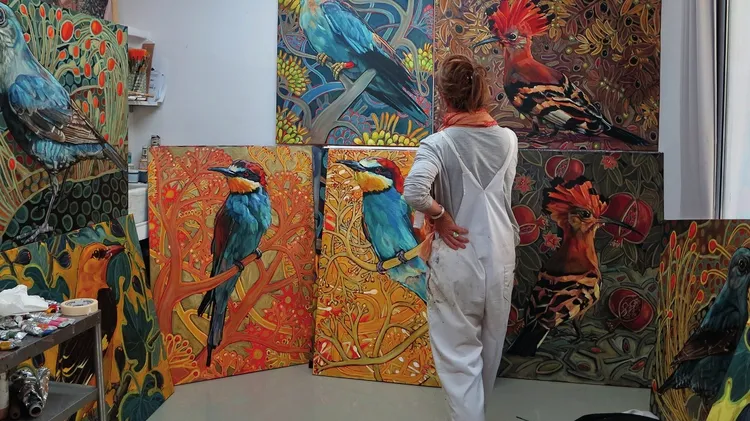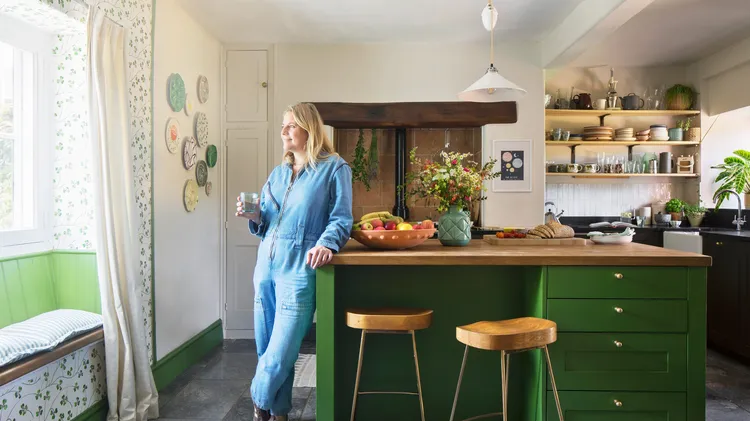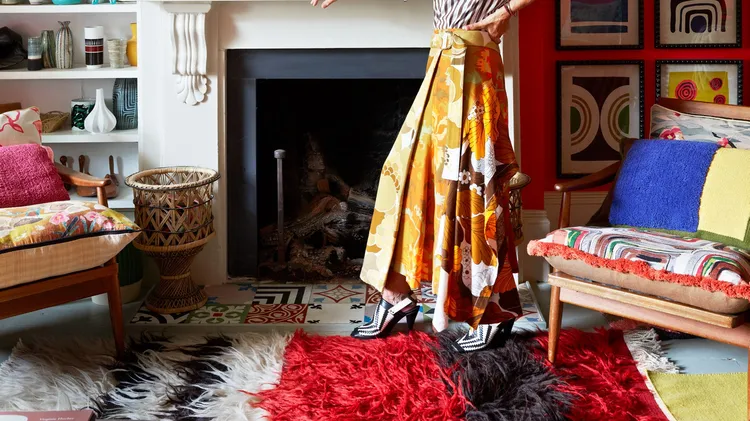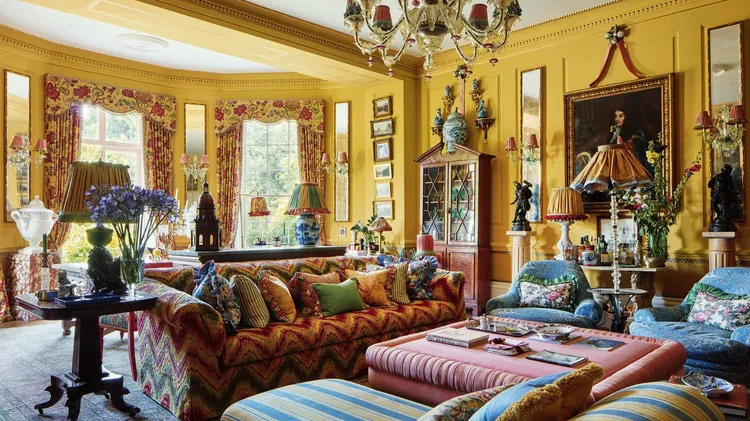Caroline Saunders talks to Anne McCormack, winner of The Artist Award in last ye
Movingindoors
9 min read
This article is from...
Read this article and 8000+ more magazines and newspapers on Readly






